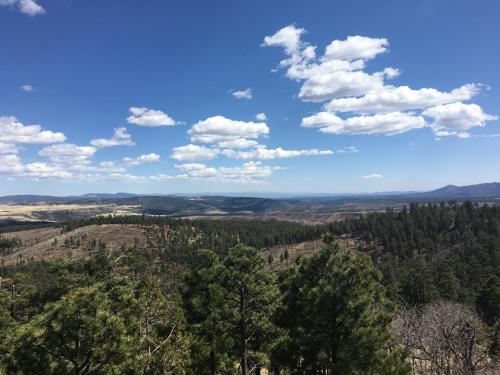#loboweek
Mexican wolf born at Wolf Haven is released with his pack in the northwest mountains of Mexico in December 2016.

Mexican wolves M1066 (Moss) and F1199 (Betty) with offspring in 2015
- Wolf Haven International

2-day carcass in a Mexican wolf pre-release enclosure/ Wolf Haven
#LoboWeek 2021 Did you know?
The Mexican wolf (Canis lupus baileyi) historic range was the Southwest part of the United States, mainly Arizona, New Mexico and Texas, and the high mountains of Sierra Madre Oriental, Sierra Madre Occidental and Central Valley in Mexico. They live in family groups (also known as packs) formed of an average of five individuals, and their habitat includes temperate wet forests, dry forests and desert-like areas. The Mexican wolf´s natural diet consists almost entirely of ungulates (mainly elk in the US and deer in Mexico)
El rango de distribución histórica del lobo mexicano (Canis lupus baileyi) cubría desde el suroeste de los Estados Unidos, principalmente Arizona, Nuevo México y Texas, hasta las altas montañas de la Sierra Madre Oriental, Sierra Madre Occidental y el valle central de México. Viven en grupos familiares (también conocidos como manadas) de cinco individuos en promedio, y su hábitat incluye bosques templados húmedos, bosques secos y áreas desérticas. La dieta natural del lobo mexicano consiste casi enteramente de ungulados (principalmente de wapiti en U.S.A. y venado en México)
Lobo week, Life in the wild: Habitat
Thousands of years of environmental pressures have made of the Mexican wolf (Canis lupus baileyi) the most distinctive subspecies of the gray wolf. As the southernmost representative of the species, the Mexican wolf has historically inhabited the major mountain ranges from the U.S. Southwest to Central Mexico, which are covered with a great variety of vegetation types ranging from subalpine forests to semi-desert shrub and grasslands. In here, Mexican wolves find shelter, water, and prey, making the most of this diverse habitat that is their home.
- Image 1: Gila National Forest, territory for several Mexican wolf packs in New Mexico. USFWS photo.
- Image 2: A radio-collared wolf from the Hawk’s Nest pack traveling a burned woodland in the Apache National Forest, Arizona. AZGFD photo.
It is Lobo week again (March 28 - April 3, 2021). The Mexican wolf was almost completely exterminated by the 1970s. A captive breeding program gave “el lobo” the chance to retake their natural place in their home and, in March of 1998, USFWS released 11 Mexican wolves in the Blue Range Wolf Recovery Area within the Mexican Wolf Experimental Population Area in the U.S. Southwest.
Post link


